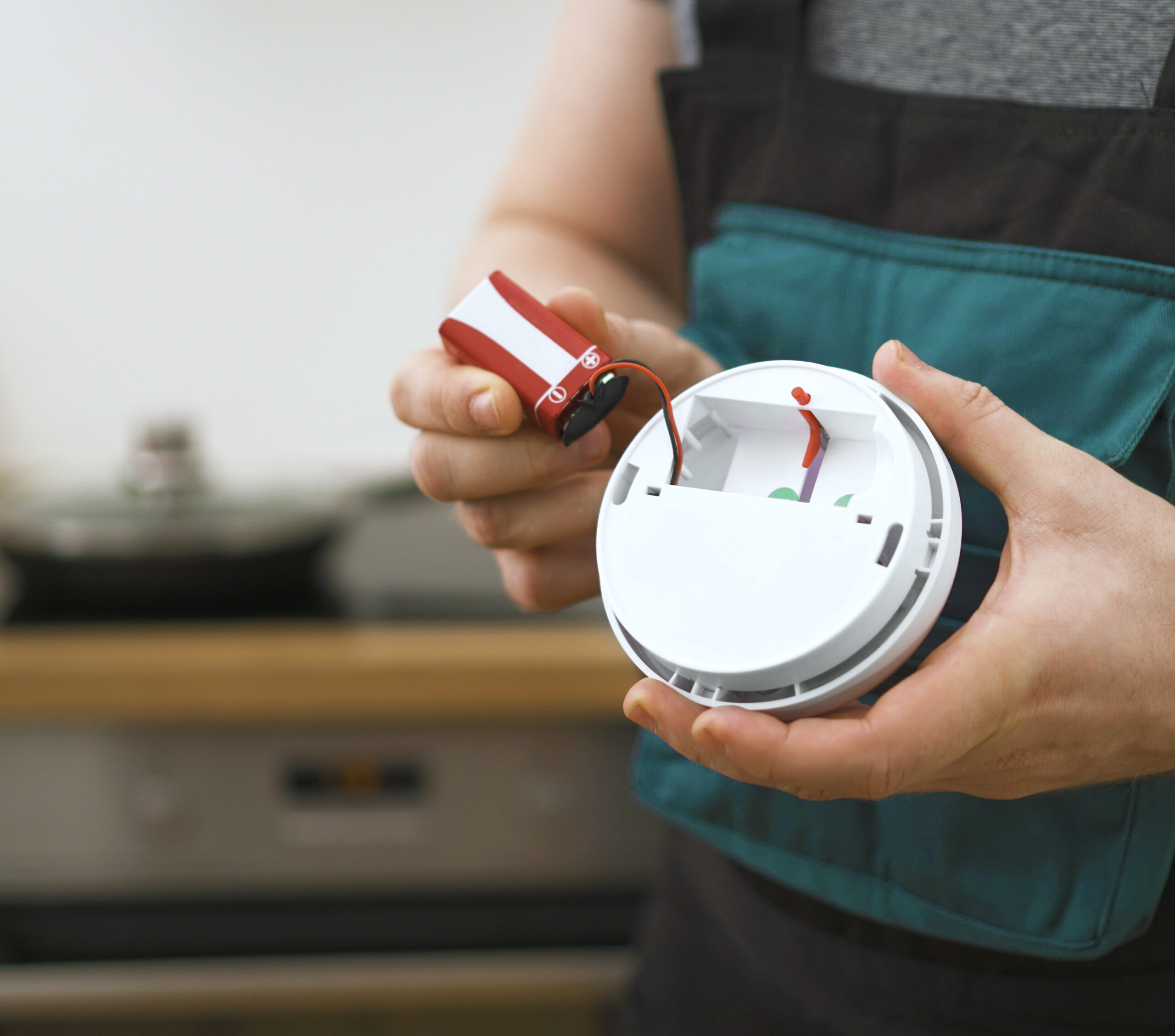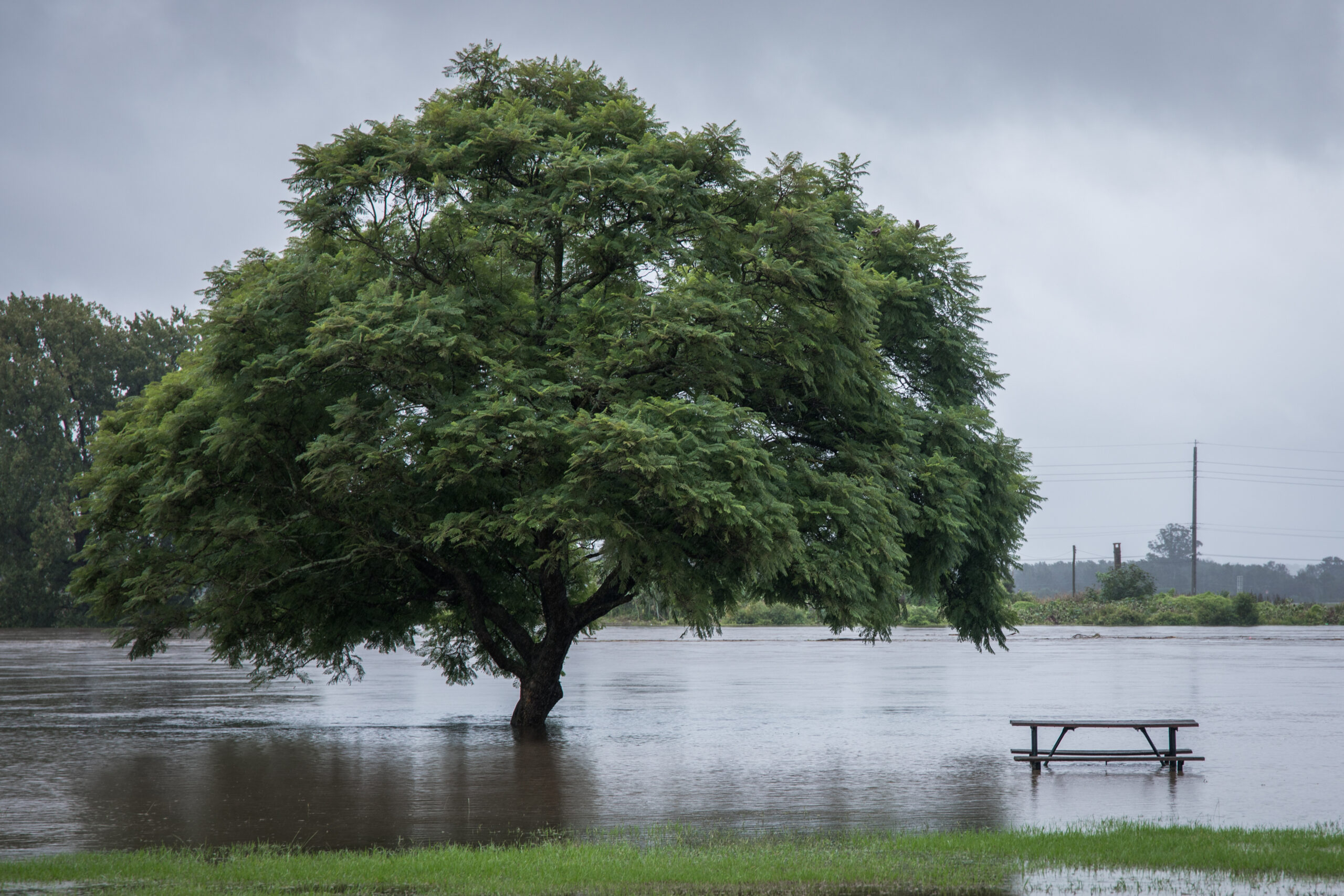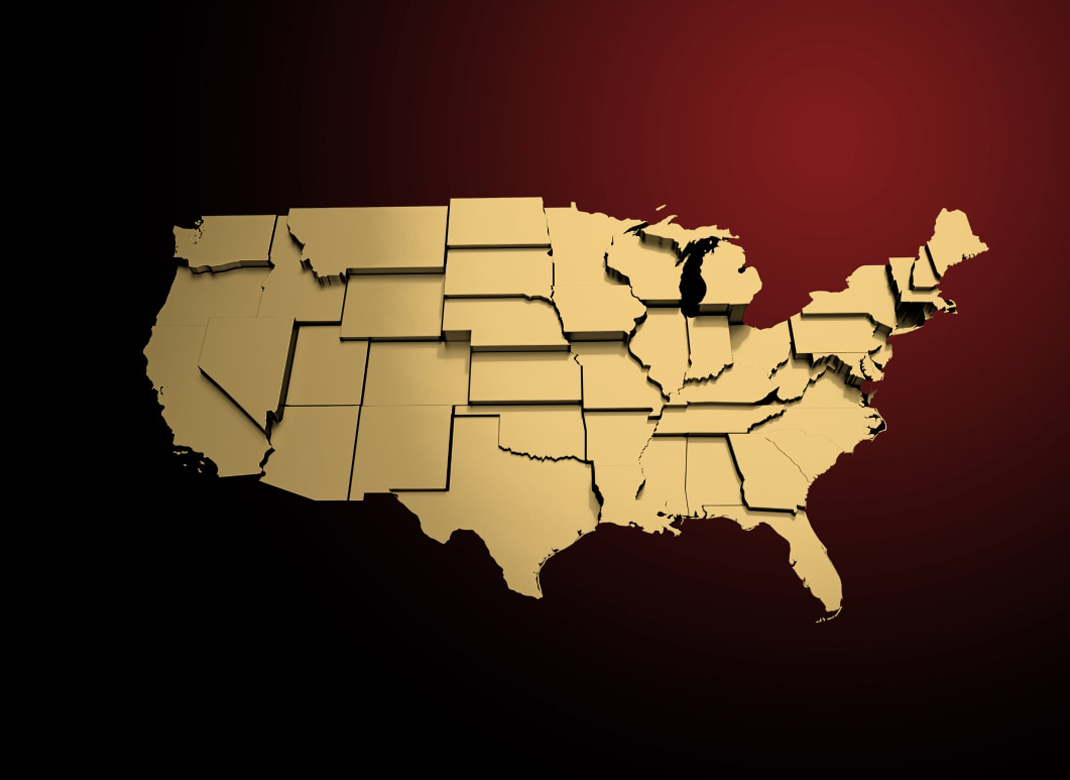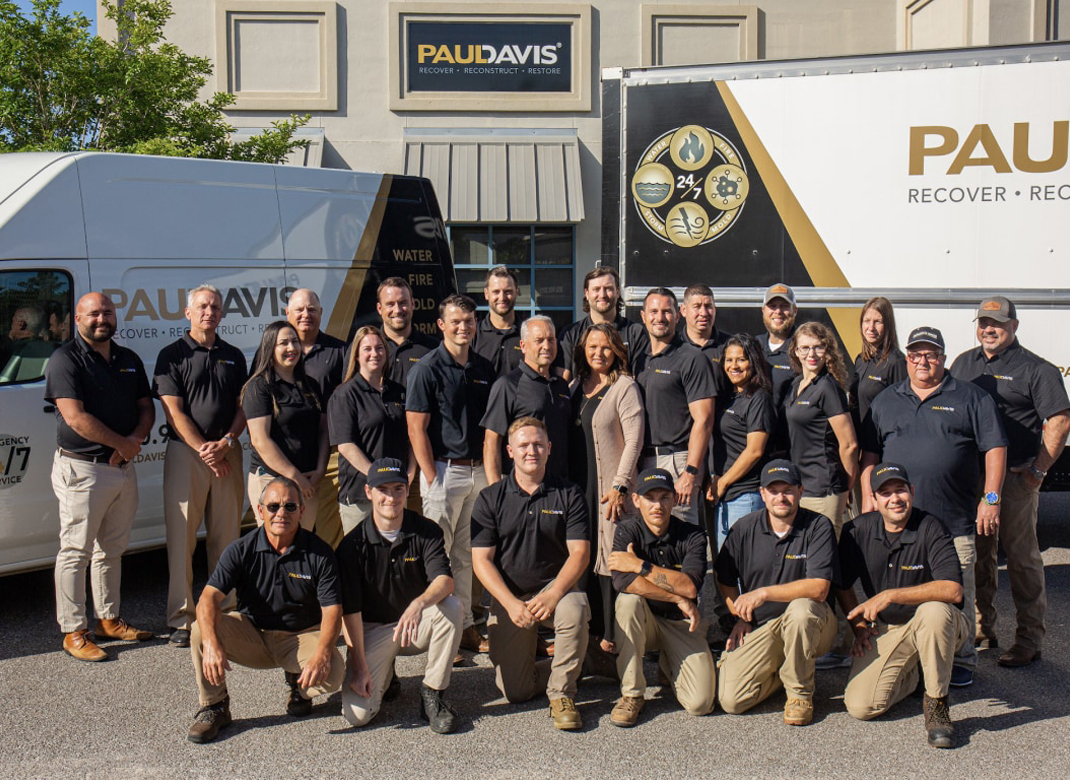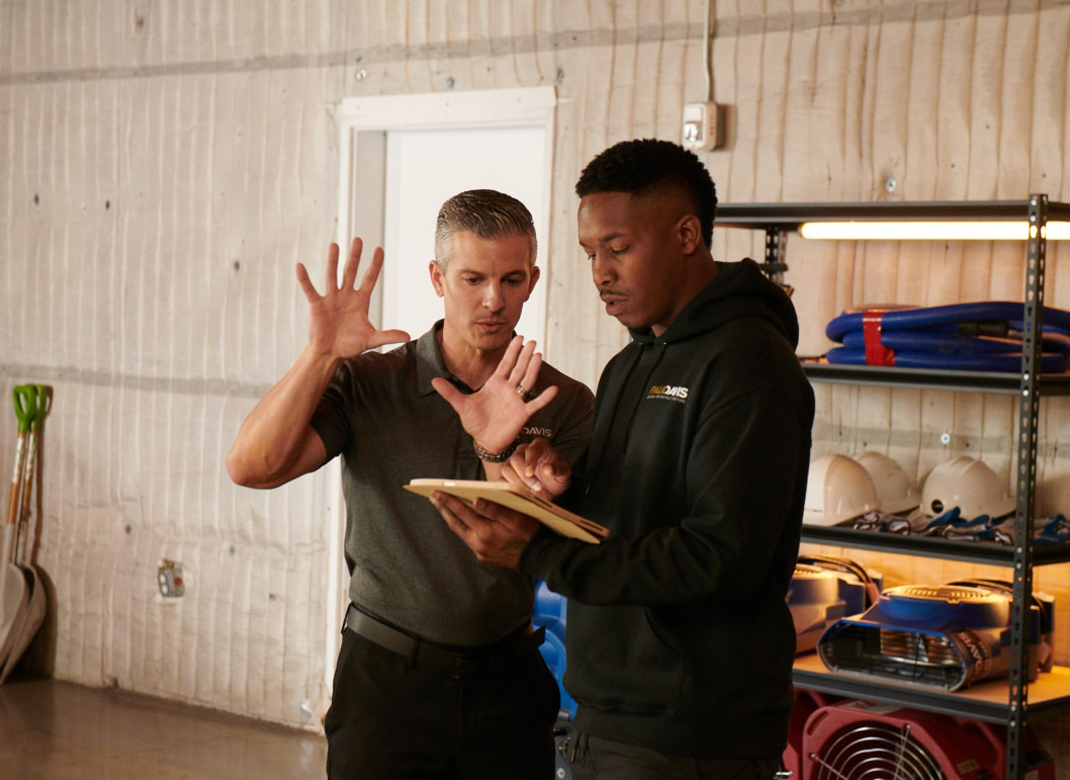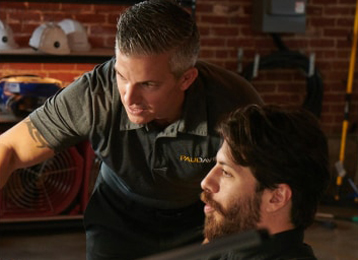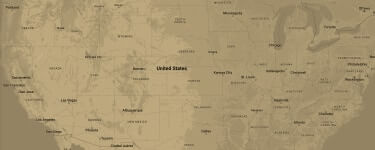Interior Mold Detection and Inspection Services
Whether you can see it or not, chances are there is mold on your property. Mold is a part of nature, although the kind of mold that grows in your home or property is the real problem. Mold spores travel through the air, entering structures through openings like doors, windows and HVAC systems. Spores can also be brought into a home on shoes, clothing and animals. It can be basically impossible for you to prevent mold from entering your property. You should take action when mold is growing in your home. Having an expert to turn to that can tell you the kind of mold present is priceless. Pair that with an expert who will orchestrate the optimal way for treatment and perform the remediation process, and you have Paul Davis. We provide professional commercial and residential restoration services for a variety of disasters, including mold.
Indoor Mold Remediation and Abatement Services
When you have Paul Davis inspect your commercial or residential property for mold, you have a licensed professional that is experienced in this area. Detecting and identifying mold is step one in what can be a long procedure. When it comes to taking care of mold safely, the prime choice is working with a company which specializes in all aspects pertaining to the process. We provide mold removal and remediation services partnered with basic mold testing. Mold causes damage to your property as well as major health concerns for your family. Mold, unlike most allergens, can negatively affect the health of any person regardless if they have allergies or not. Mold advances through the surfaces it’s found in, meaning that the longer it remains untreated in your residence, the worse its effects are. Paul Davis can accurately identify the species of mold growing in your house and effectively handle treating it.
Types of Mold
There are 3 basic kinds of mold:
- Allergenic: These produce and cause allergic reactions.
- Pathogenic: These molds cause health issues in people which suffer from acute illnesses.
- Toxigenic: These molds produce toxic microbes.
With the range of molds that can reside in homes, having an expert to investigate and diagnosis the extent of their spread is key to removing it. A professional with Paul Davis can assist with making your residence safe and free from the most dangerous molds.
A few common molds are:
- Penicillium — A mold that most commonly grows on wallpaper, wallpaper glue, decaying textiles, carpets and fiberglass insulation. It will cause hay-fever like reactions and induces asthma attacks.
- Aspergillus — This is a warm environment mold that grows outdoors and indoors. Aspergillus can be located in areas of extreme dampness and extensive water damage, as well as decomposing organic matter. Aspergillus is also found inside of dust and produces mycotoxins.
- Alternaria — This mold is commonly found in soil, showers, window frames, carpets and textiles. This large spore mold takes traction in soft tissue, like the nose, mouth and respiratory tract.
- Cladosporium — Cladosporium is the highest commonly identified outdoor fungus easily enters homes. It thrives in porous, damp surfaces such as wood and textiles. The indoor and outdoor kinds cause asthma attacks along with inducing hay-fever like reactions.
- Stachybotrys — Being the least rampant household mold is fortunate, as it’s among the more insidious. It requires excessive moisture to thrive, and causes breathing issues, flu-like symptoms, loss of hearing and memory, and bleeding lungs.
- Acremonium — This toxic mold thrives in areas of moisture such as humidifiers, drain pans, window sealants and cooling coils. It is a powdery mold that thrives in an array of colors like pink, white, grey or orange.
- Aureobasidium — Aureobasidium is often discovered growing behind wallpaper and painted wood surfaces. It starts out pink or light brown in color but deepens to dark brown-black as it ages. This highly allergic responsive mold causes skin rashes and eye infections.
- Chaetomium — This mold is found in houses after flooding or leaking and in chronically damp conditions. It carries a musty odor, cottony texture and changes colors from white to grey or brown over time. Chaetomium is also known to produce mycotoxins that affect the immune system, causing skin and nail infections.
- Cladosporium — This unique mold grows in warm and cold areas and spreads quickly on upholstery, fabrics, carpets and under floorboards. It reacts strongly with wet tissues in eyes, nose, mouth and throat.
- Fusarium — This mold is most commonly located in soft goods and grows and moves in cold weather. A reddish variety is found in organic products like house plants, and both kinds can move quickly through a home. Symptoms begin as a sore throat, runny eyes and skin infections and can progress to brain abscesses and bone infections.
- Trichoderma — This is a highly allergic mold with 5 subspecies. It’s a rapidly growing mold with a wool like texture and is mostly green and white. It grows in moist and consistently damp areas like HVAC systems, wood and textiles. Along with health symptoms the same as other mycotoxins, this mold also destroys the surfaces it inhabits, causing decay and structures to crumble.
- Ulocladium — This mold is mostly found in kitchens and bathrooms. It is one of the black molds and contributes to asthma and respiratory ailments.
Contact Paul Davis for a Reliable Mold Inspection
If you know or suspect you have mold in your house call the team with Paul Davis. Our dedicated team will provide a detailed inspection and perform the remediation services necessary to eradicate insidious mold from your property. Paul Davis is available 24-hours a day, 7-days a week at 888-244-9840.





